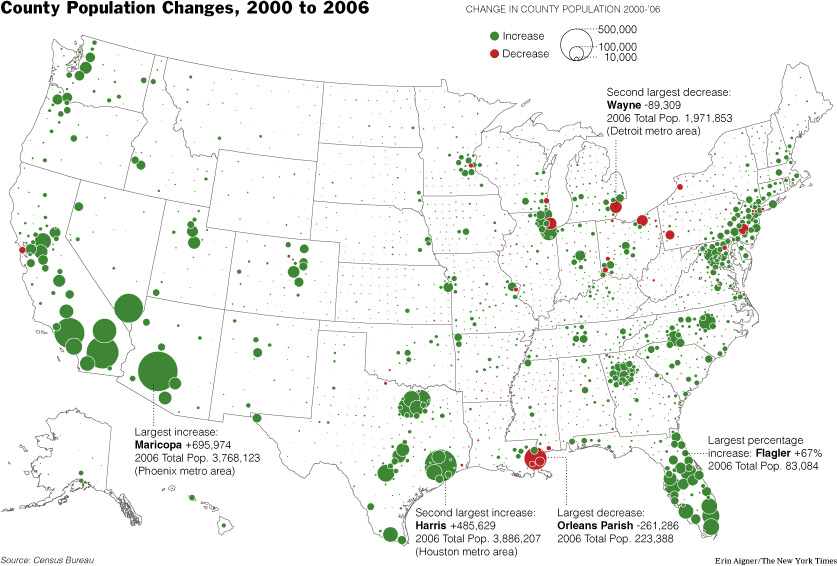Now that I’m back in the states, I’m going to try to write in this more. I thought I’d start by keeping a list of media that I’ve consumed that I’ve thought was good or interesting.
The Spokesman This American Life Episode (act 3) tells the story of Anthony Pico who is 18 grew up in the California foster care system and is now a spokesperson for children in the foster care system. I liked it because it showed that with systems that are broken, things are just complicated and hard, and it can’t be broken down into a few heroic success stories. I continue to enjoy TAL, even though the criticism pointed at the program by this satirical Onion article is pretty spot-on.
The Inside Journal is a newspaper distributed to people in prison. My dad, who now works as an educator in a prison gave me a copy. It calls itself “The Hometown Newspaper of America’s Prisoners” and features articles on prison news, personal testimonies, a series on surviving prison, and a few articles on mental health. After reading through the articles, and seeing a letter to the editor referring to a past article on “curing gayness”, I read the fine print and saw that the paper is actually published by an organization called Prison Felowship International, which seems to be evangelical christian in nature. The tone of the articals reveals this background, but it’s a strange matchup as they published, without comment a letter from a queer inmate that was critical of their “curing gayness” article. The articles seemed to be generally critical of systemic problems with the prison and seemed to advocate for changes in those systems and didn’t seem to blame the prisoners for their situations. It also didn’t seem to suggest religion as a final solution to problems in prisons. A few interesting things that I learned from the paper were that women inmates attempt suicide more often than men, but are unsuccessful more often, so men end up having a higher suicide rate. I also learned about a piece of legislation that I hadn’t heard of before called the Second Chance Act which seems to be a bill to improve services to inmates reentering society to soften this transition and to reduce recidivism. It was killed in the Senate before it went to a vote.
Blog entry on the book “The Suburbanization of New York: Is the World’s Greatest City Becoming Just Another Town?†(Princeton Architectural Press, 2007). The book’s forward is quoted as
Today New York is on its way to becoming a ‘theme-park city,’ where people can get the illusion of the urban experience without the diversity, spontaneity, and unpredictability that have always been its hallmarks. Like the suburbs New Yorkers so long snubbed, the city is becoming more private, more predictable, and more homogenized.
This is certainly the perception I get when I visited Brooklyn’s Williamsburg neighborhood throughout the last few years. The blog entry goes on to further quote contributers to the book and I like this one by Maggie Wrigley because she articulates feelings similar to what I think about Bloomington.
I feel sad and angry that the only newcomers to Manhattan from now on will be those rich enough to buy their way in. No new immigrants will bring their ways and flavors and styles to our neighborhoods. No poor artists or writers or musicians will come here and fight to prove their worth. No struggle, no adventure — just pay to stay.
I watched the movie Foxfire last night after not seeing it for a while when it came back into my consciousness because of tabloid press coverage on both sides of the Atlantic being obsessed with Angelina Jolie and Brad Pitt’s relationship issues. The film is based on a Joyce Carol Oats novel and, though often melodramatic, makes me nostalgic for the 90s when music was good and people made high school movies that dealt with tough issues in a not-too-sensational way, and didn’t always have perfectly resolved endings. I didn’t notice it the first time I saw the movie, but it’s very explicitly set in Portland which adds a certain realisim to the themes of teen homelessness and drug abuse.
This map still sticks in my head in a way that feels a little like haunting.

I thought of it again recently when I was talking to Chiara about cities that I felt drawn to. I realized how tied the map could be to my personal history. My paternal grandmother was born in New Orleans (giant red dot), my maternal grandfather and me in Cleveland (red dot), my mother in Pittsburgh (red dot), My parents both grew up in Flint which, had the map been made a few decades ago, would have had a nice big red dot, and the changes in Flint could easily be tied to those of Detroit/Wayne County (a big red dot again).